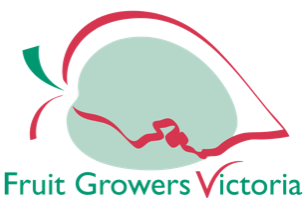
Trees are the cheapest method of providing shade on farms and paddocks as a way to manage comfort in livestock, horses and local habitat during the hotter summer months. And planting advanced trees leading into winter increases success rates and optimises tree size in readiness for summer heat.
Trees increase local biodiversity and can reduce radiant heat load by 50% or more!
And planting trees in conjunction with smaller shrubs as undergrowth to create tree belts also provide shade and protection from winds, allowing better control over livestock heat loads. This also makes farms a more comfortable workplace or home for people as well. Strategically planted, trees assist with erosion management and salinity control.
The selection of suitable trees for shade on paddocks in our often harsh, dry environment often comes down to Australian natives, and we’d like to showcase eight selections in particular.
Receive all the latest news, product information, collections, projects, tips and special offers straight to your inbox each month or so.
Receive all the latest news, product information, collections, projects, tips and special offers straight to your inbox each month or so.
Find a Tree
With more than 400 trees in our library we can help you find the perfect tree for your next project.
Ask a question
We're here to help if you need any advice on selecting the perfect tree for your next project.
Newsletter
Receive all the latest news, product information, collections, projects, tips and special offers straight to your inbox each month or so.
Treefinder can help you identify the perfect tree for your next project!
With over 400 tree varieties for review, the Treefinder app enables you to conveniently browse and compile a list of trees suitable for a number of common landscaping uses - from attracting birds to creating a formal screen or hedge. By selecting desired size, foliage, and a few categories, Treefinder opens up a world of possibilities.
Once you've found the perfect tree you can click through to our website for more information, availability and a quote.

We are specialists in the environmentally sustainable production of premium quality advanced landscaping trees and screens.
For more than 48 years Speciality Trees has been a leader in the production and supply of advanced environmentally sustainable, containerised landscape trees for local government, the landscaping industry and retailers.
Learn more























